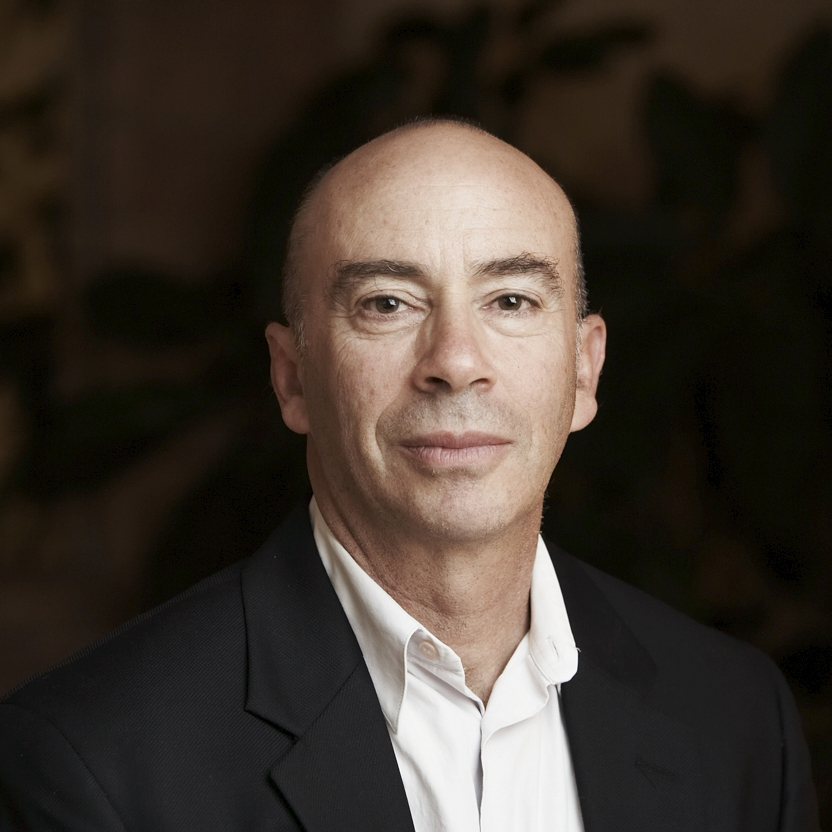One of my favorite exercises when coaching executives is to ask them to describe their work, or a particular project or key relationship, from 2 perspectives:
- The perspective of failure (what’s lacking, not going well, and/or failing) and,
- The perspective of success (what’s working well, going better than expected).
I find value in doing this exercise myself. I can describe my work life as incredibly successful or as lacking (or even failing). On the one hand, I’ve founded and been CEO of 3 companies – that feels successful! On the other, all of the companies grew more slowly than originally projected, and one nearly went bankrupt when the 2001 dot-com bubble burst – failure! I have led mindfulness trainings worldwide, and lead an engaging weekly meditation group; I’ve helped lots of people – success! But there’s so much suffering and need in this world and I’ve barely made a dent in that – fail.
The point of this exploration is to foster greater insight and a more realistic perspective on the stories that we tell ourselves, and the myriad, often harsh judgments we make about ourselves. This exercise can help shift our perspective from the more fixed mindset of labels and judgment to a more open, curious, and resilient way of being. It can help cultivate more of a “beginner’s mind” – a mind of curiosity, appreciation, and learning.
When we approach life with a beginner’s mind, we let go of being an “expert.”
Experts want to know; they want to be right. They routinely ask themselves: Am I succeeding or failing? But imagine for a moment if you approached your work like a beginner and gave up the need to be an expert. Imagine if you relaxed the need to feel safe, right, and important.
It may sound counterintuitive but this can actually bolster our confidence, flexibility, and effectiveness. This is true when it comes to leadership, healthy relationships, meditation practice, and enjoying and appreciating this human life. Curiosity, openness, and being aware of how much we don’t know are considerably more effective strategies than attempting to become an expert, then having to constantly prove or defend our expertise.
This attitude can also be useful when giving or receiving feedback. Often when I’m teaching or giving talks I like to ask 3 questions:
- What worked well?
- What could have been better?
- What surprised you?
These questions help me to move toward a more open, beginner’s-mind-way of improving my work.
So, with this in mind – ask yourself this question: would you rather be focused on an outcome or the conscious experience in any given situation? What story do you tell yourself, and others, about your wins, your losses, and your experiences along the way when you consider your work, your relationships, and your life? Could it be time to change “the moral” of your story?
I’ve included an excerpt below from my new book, Seven Practices of a Mindful Leader, addressing this issue of our “experiencing self” and our “narrative self.”
Seven Practices of a Mindful Leader: Lessons from Google and a Zen Monastery Kitchen
An excerpt from Practice #3 – Don’t Be An Expert
Daniel Kahneman, a Nobel Prize–winning economist and psychology professor, describes people as having two distinct selves: the experiencing self and the remembering or narrative self. The experiencing self lives in the moment and in the world of sensations. The narrative self creates stories to make sense of what is experienced. Being an expert is a story, and if our focus is using, displaying, or confirming our expertise, then we are less focused on what’s actually happening in the moment.
Kahneman has conducted a variety of fascinating experiments to clarify the distinction between these two selves as well as to demonstrate conflicts between these parts of us, especially when it comes to the perception of time and how our remembered selves are influenced by what he describes as the peaks and ends of an experience or event. For example, our memory of a vacation may be colored by one or two moments that stand out as strongly positive or negative peaks, as well as by our experience of the last part of the vacation.
In Thinking, Fast and Slow, Kahneman writes:
The two selves are the experiencing self, which does the living, and the remembering self, which keeps score and makes the choices. . . We should not forget, however, that the perspective of the remembering self is not always correct… The remembering self’s neglect of duration, its exaggerated emphasis on peaks and ends, and its susceptibility to hindsight combine to yield distorted reflections of our actual experience.
As Kahneman points out, the trouble is that these stories are often inaccurate. Not only is our personal perspective limited, so that we never see the whole picture, but even our perspective of our own experience and memories is often biased. As a matter of course, we choose only certain aspects of our experience as important and build a story out of those. In other words, we might assume that we are at least experts about our self, our history, and our identity, but Kahneman makes clear we should be skeptical of that claim as well.
Try this:
See if you can observe the distinction between your experiencing self and your narrative self.
Play with noticing pure experience — in any moment, what do you see, hear, smell, taste, and touch? Then, pay attention to what you remember as important and how you create a narrative or a story that makes sense of yourself, others, and the world.


